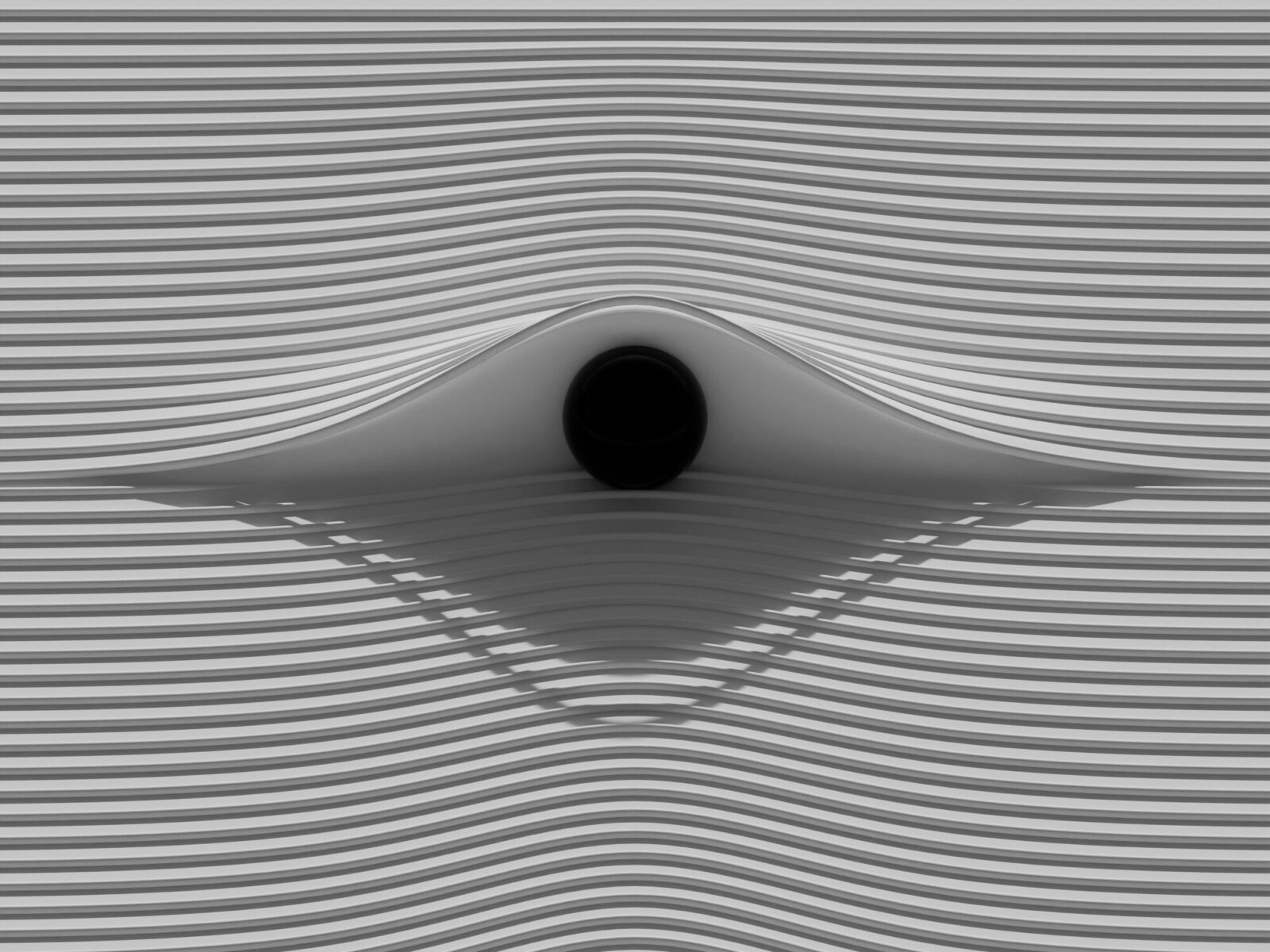
Forensic Architecture is an interdisciplinary research group based at Goldsmiths, University of London. Its members come from diverse backgrounds, including architecture, law, journalism, computer science, photography, and filmmaking.
The term “Forensic Architecture” in English can be understood as in its traditional sense. The term “forensic” encompasses a broad meaning, referring to anything “related to the forum,” which can include courts of law, public spaces, or public discourse.
Their work operates across three main pillars: the field, the lab, and the forum. The field is the site where the events under investigation occurred. The lab is where they process the collected data. The forum is where they present their findings.
This multi-faceted group aims to develop new techniques for investigating and gathering evidence. They act as expert witnesses, providing scientific support in legal cases and introducing a new way of thinking and acting. Using a methodology similar to historians, they utilize fragments of the past to reconstruct the narrative of an event as accurately as possible.
By collecting and verifying a vast amount of data and synthesizing it into a final narrative, Forensic Architecture strives to approach the reality of an event as closely as possible. To achieve this, they employ sophisticated technological tools, often used in combination, to produce results that are accurate and consistent with spatial, temporal, and aesthetic logic.
Some of the methods they utilize include:
- 3D modeling
- Photogrammetry
- Remote sensing
- Simulation
A crucial aspect of their modus operandi is the belief that material evidence and witness testimonies should work in harmony, not in opposition, to achieve the best possible approximation of the truth.
While the work produced by Forensic Architecture is not always accepted by traditional courts, the potential of their findings as evidence can be seen in their use in the Irving v. Lipstadt libel case. In this case, Forensic Architecture experts used a 3D digital model to prove the existence of holes in Crematorium 2 at Auschwitz, which were used by the Nazi regime to introduce poison gas. This digital reconstruction, based on real data from the building’s roof, indirectly proved a crucial point in the case.
Beyond their use in courtrooms, Forensic Architecture’s works have been and continue to be exhibited as aesthetic and cultural works in international art biennales and museums. Their work has been featured in:
- Museum im Kulturspeicher (MiK) in Würzburg, Germany
- De Nieuwe Kerk in Amsterdam, Netherlands
- Museo Universitario Arte Contemporáneo (MUAC) in Mexico City, Mexico
- And many other venues
Forensic Architecture’s innovative approach to investigation and its use of technology to uncover the truth have garnered international recognition and continue to push the boundaries of how we understand and engage with the past.



